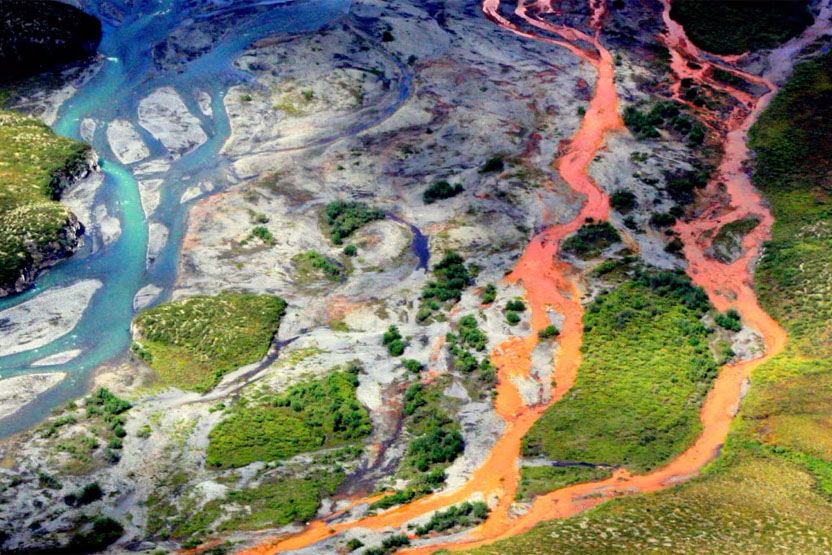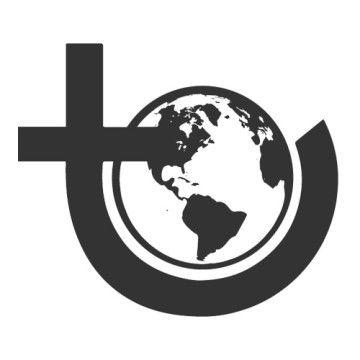
High in Alaska’s Brooks Range, something unsettling is happening. Rivers that once ran clear enough to drink from are now flowing in shades of rusty orange, their waters clouded with metals leaking from the thawing earth. The culprit isn’t mining or industrial waste — it’s climate change melting the permafrost.
For thousands of years, frozen soils in the Arctic locked away sulfur-rich minerals. But as rising global temperatures cause the permafrost to thaw, water and oxygen seep into once-stable rocks. The result: chemical reactions that generate sulfuric acid and flush heavy metals like iron, cadmium, and aluminum into the waterways.
“It looks just like acid mine drainage,” says Tim Lyons, a biogeochemist at the University of California. “But there’s no mine here. It’s the thawing permafrost itself that’s changing the chemistry of the landscape.”
These reactions, usually confined to mining zones, are now unfolding naturally in untouched wilderness. A recent study published in the Proceedings of the National Academy of Sciences warns that what’s being seen in one salmon-rich river system is also beginning in dozens of other Arctic streams and lakes.
David Cooper, a researcher at Colorado State University who has worked in the Brooks Range since the 1970s, calls the pace of change “stunning.” Entire landscapes and ecosystems, he says, are being rewritten before our eyes.
The consequences ripple outward. Metals like cadmium build up in fish tissues, potentially harming wildlife that depend on salmon — bears, birds, and beyond. Iron-heavy waters block sunlight from reaching the riverbed, suffocating insect larvae that fish rely on for food.
For now, scientists say the contamination levels in fish remain below thresholds dangerous to humans. But the ecological threats are profound — a slow-motion collapse of Arctic river systems. Unlike mining waste, which can be contained with barriers or treatment systems, these wild river sources number in the hundreds, scattered across remote terrain with no way to manage them.
And once the chemical chain reactions begin, there’s no reversing them. “Nothing stops it except the permafrost freezing again,” Lyons explains. “It’s another irreversible shift, driven by a warming planet.”
Even here, in one of Earth’s most isolated frontiers, far from roads and cities, the fingerprints of global warming are unmistakable. As Arctic temperatures rise at two to three times the global average, scientists warn that the orange rivers of Alaska may be just the beginning.


Comment